Reflection on Creativity and Design Thinking - DESN501 Assignment
VerifiedAdded on 2022/10/12
|5
|770
|12
Essay
AI Summary
This essay explores the reasons behind resistance to new technologies in the workplace. It begins by introducing the Technology Readiness (TR) index and the Technology Acceptance Model (TAM), which explains how individuals perceive and adopt new technologies based on factors such as perceived usefulness and ease of use. The paper then delves into the factors influencing resistance, including user control, computer anxiety, and skepticism about the technology's functionality and output quality. The essay suggests practical strategies for reducing resistance in the workplace, such as demonstrations, seminars, and encouraging employees to experiment with new technologies. The author emphasizes the importance of adapting to the dynamic nature of information technology and concludes by referencing Lai's (2017) expansion of the TAM factors, highlighting the intricate web of external factors that contribute to behavioral resistance to technology.
1 out of 5
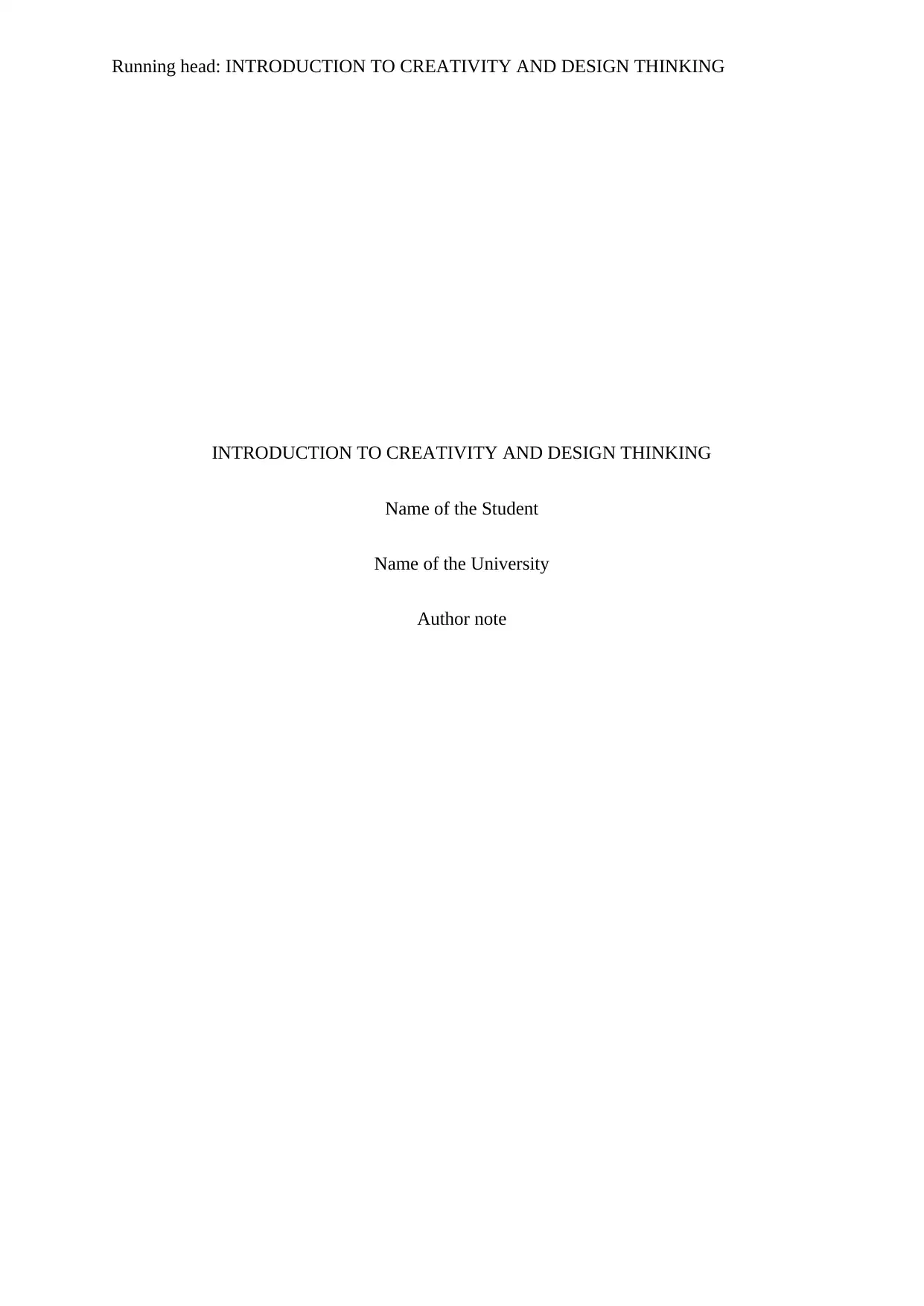
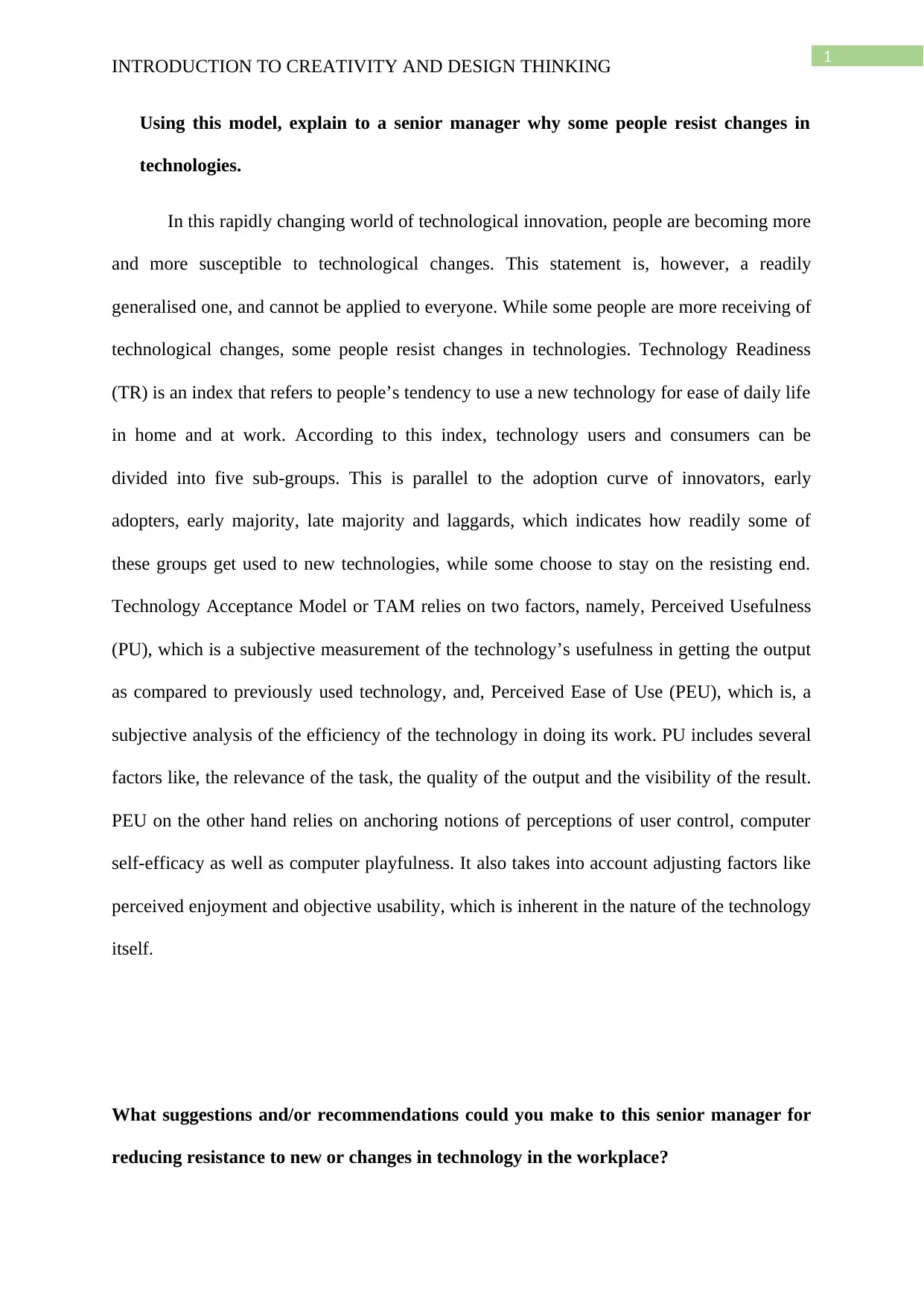
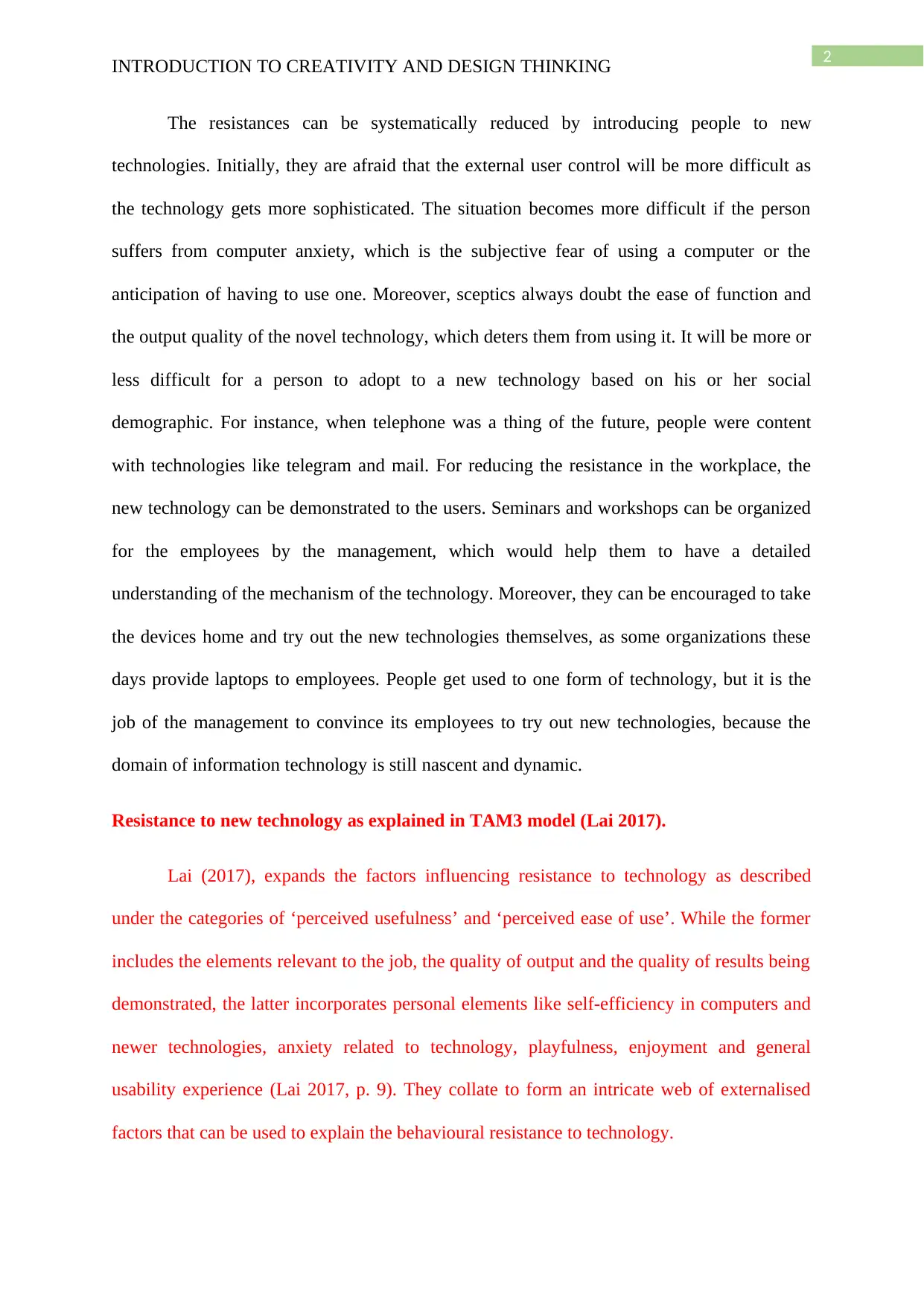

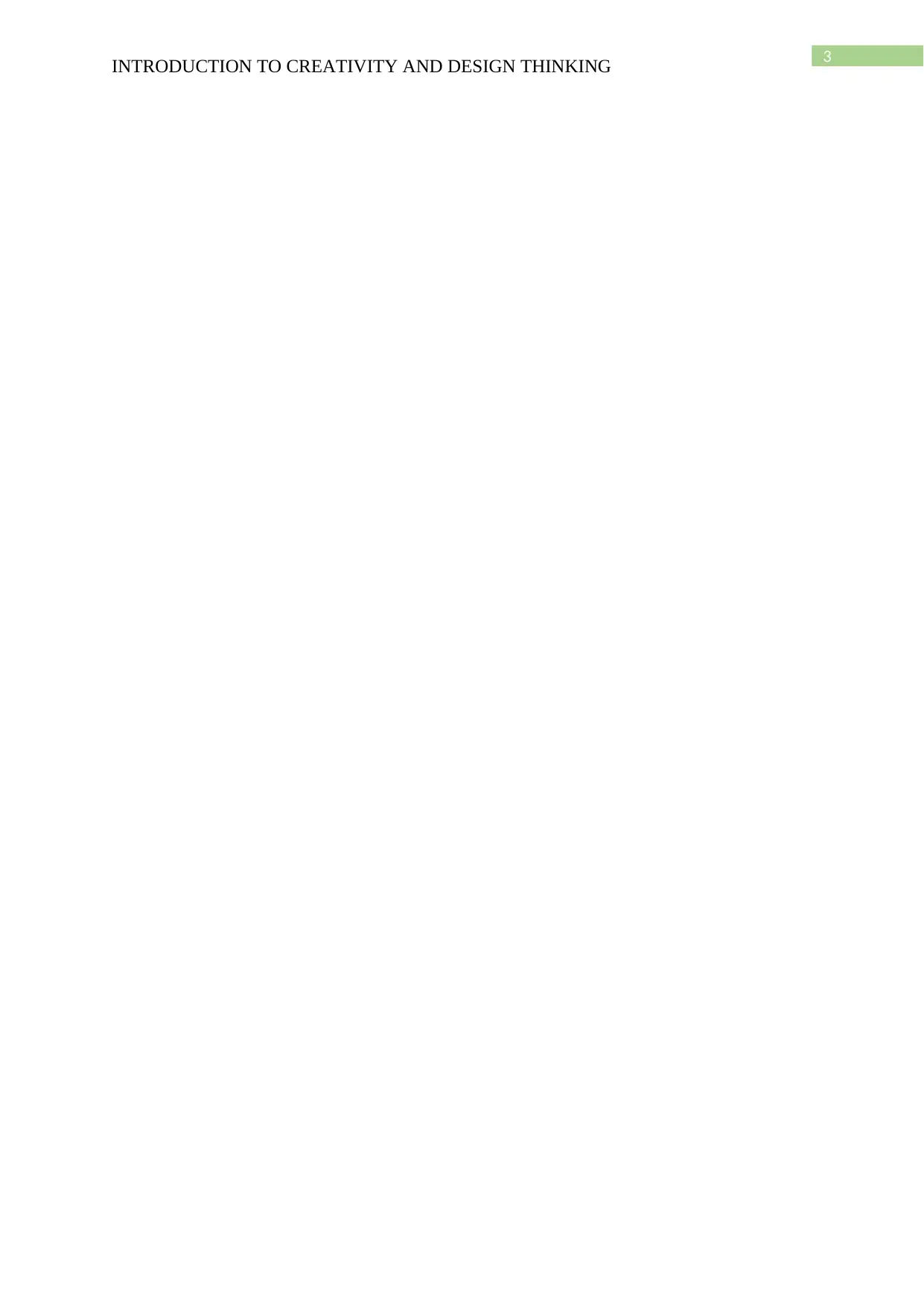
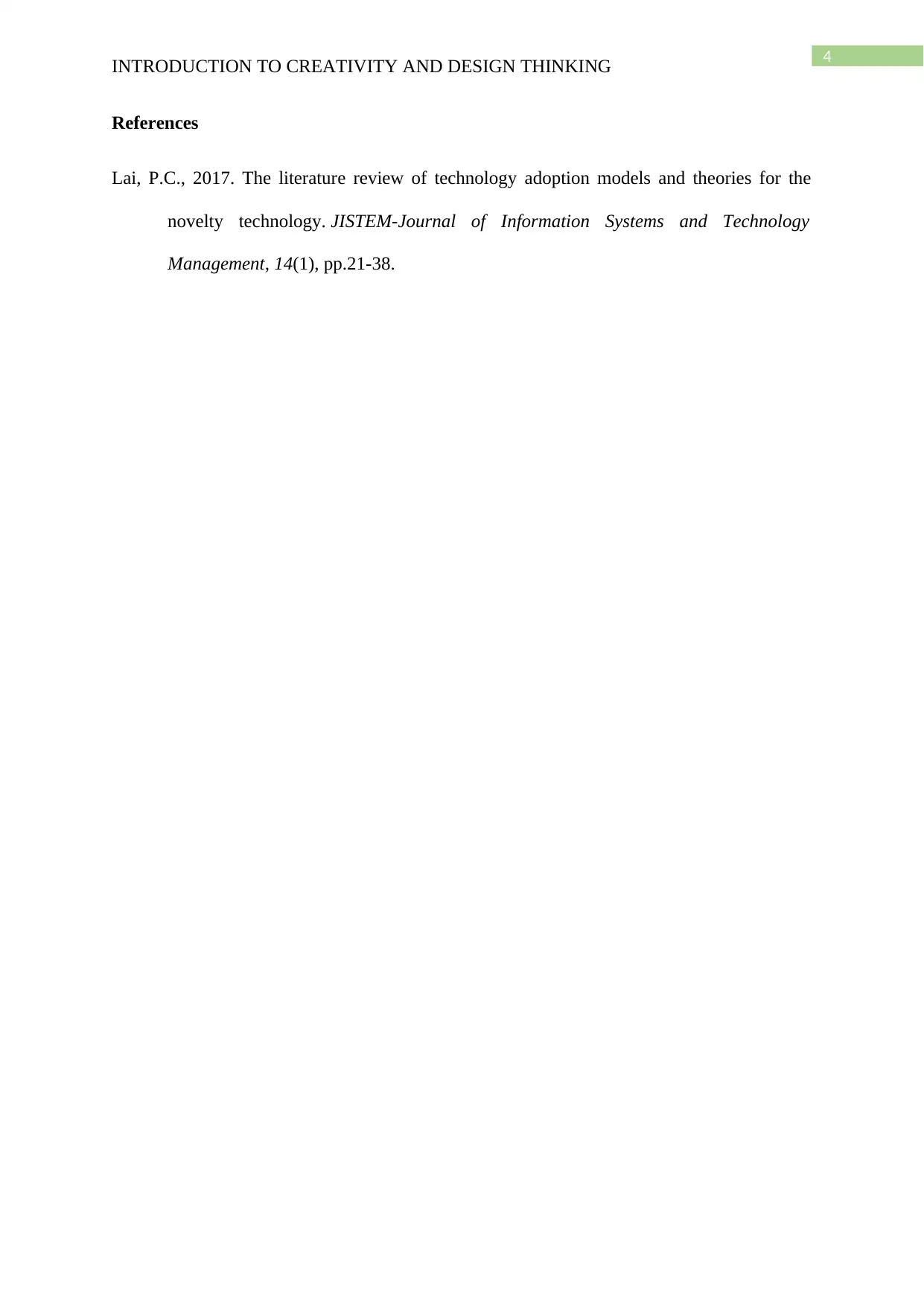






![[object Object]](/_next/static/media/star-bottom.7253800d.svg)